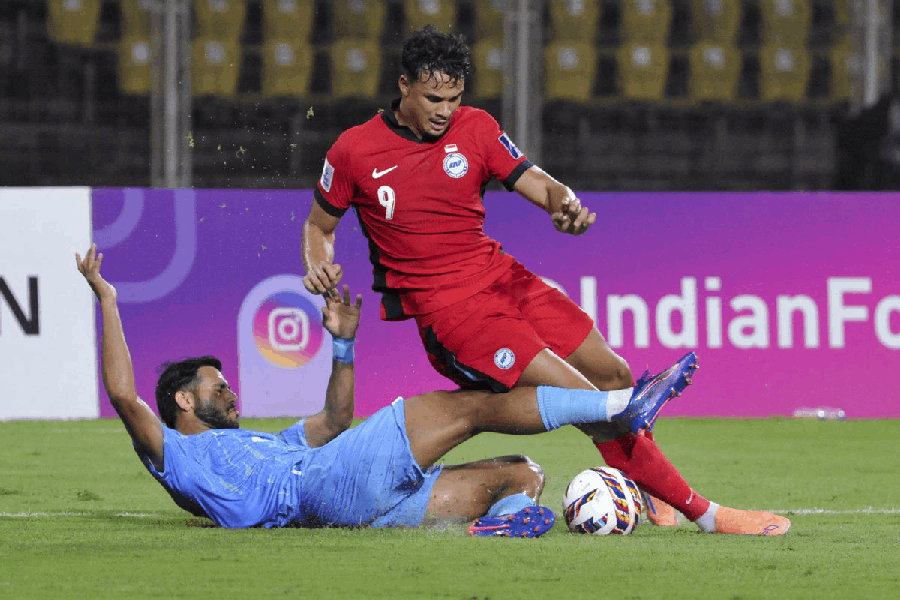India’s first study to assess interruptions in operating rooms (ORs) has found that surgeons attended calls on mobile phones, walked out of sterile areas, and faced faulty instruments and anaesthesia-related delays during surgeries.
The study, probing concerns largely invisible to the public, has found that surgeons took phone calls during 24 of a sample of 51 surgeries audited for interruptions at a single public hospital, left sterile areas during 21 of these surgeries, and encountered faulty instruments during 29 surgeries.
Surgeons at a Bangalore teaching hospital who installed audio-video recorders for two months in their own ORs for the study say their findings indicate that preventable interruptions are common in ORs.
The study, they say, was a tightrope walk between extracting data that may help improve surgical outcomes and dousing any suspicions that it was aimed at fault-finding.
“Just like aircraft have cockpit voice recorders and black boxes, ORs too could benefit from event data recorders,” said Anandan Premkumar, professor of surgery at the Bangalore Medical College and Victoria Hospital, who led the study.
“Such audits could help improve the efficiency of surgeons and the productivity of hospitals,” he told The Telegraph.
While almost all hospitals are expected to adopt a surgical safety checklist recommended by the World Health Organisation, an effective surveillance system that documents the events occurring during surgical procedures is missing from most ORs.
Premkumar and his colleagues Nithya Ravichandran and Pragyan Pratik used audio-video recorders to observe ORs during 51 surgeries. Forty-five among them were elective or planned operations and 18 were laparoscopic — or keyhole surgery — procedures.
The surgeries included hernia repair, gall bladder removal, varicose vein repair, mastectomy and surgery for obesity.
The researchers observed that the OR doors opened 15 times on an average during a procedure — a minimum of 9 times and a maximum of 21 times.
The surgeons say that door openings may compromise OR sterility, increase the chances of surgical site infection, and distract surgeons.
The study found that surgeons took phone calls during 24 surgeries (or in 47 per cent of the 51 surgeries), left sterile areas during 21 surgeries (41 per cent), and encountered faulty instruments during 29 surgeries (57 per cent) and other technical disturbances during 32 surgeries (62 per cent).
It also noted anaesthetic interruptions — patients’ movements, coughing, the anaesthesia wearing off, or the need for more muscle relaxants — during 18 surgeries (35 per cent).
“The Bangalore study is unique -- it uses a unique method to look inwards into a crucial area,” said Sanjay Nagral, a gastrointestinal surgeon in Mumbai, who was not associated with the study.
“The airline industry has led the way in fixing errors leading to accidents by a detailed examination of the wreckage and the black box,” Nagral told this newspaper.
“Surgeons and OR staff have learnt from this practice, but this kind of self-analysis takes things several notches higher.”
Interruptions in ORs, some surgeons say, are rarely discussed in detail but everyone in ORs is aware that they occur.
“The first step to address interruptions is to measure them -- find out how common they are,” said Ravichandran, a senior resident in general surgery at the hospital. “Then, we can determine which ones are preventable.”
The Bangalore surgeons said certain preventable interruptions such as faulty instruments, anaesthesia-related delays, and mobile phone calls could be reduced through such audits and routine surveillance methods. They have published their study in the medical journal Laparoscopic, Endoscopic and Robotic Surgery.
“We now plan to do a larger multi-institutional study and use artificial intelligence technology for detailed but faster analysis of potential OR interruptions,” Premkumar said.
But, the surgeons say, expanding such a study could pose a challenge. “We had also met with some initial resistance from nursing and OR staff. We had to convince them that this is to aim for maximum efficiency in the OR,” Ravichandran said.
An independent study by doctors at the Oregon State University in the US, based on simulated laboratory settings of laparascopic gall bladder surgeries, had earlier suggested that mobile phone rings, display panels, or unrelated chats among people in a surgeon’s vicinity increased the risk of surgical errors.











